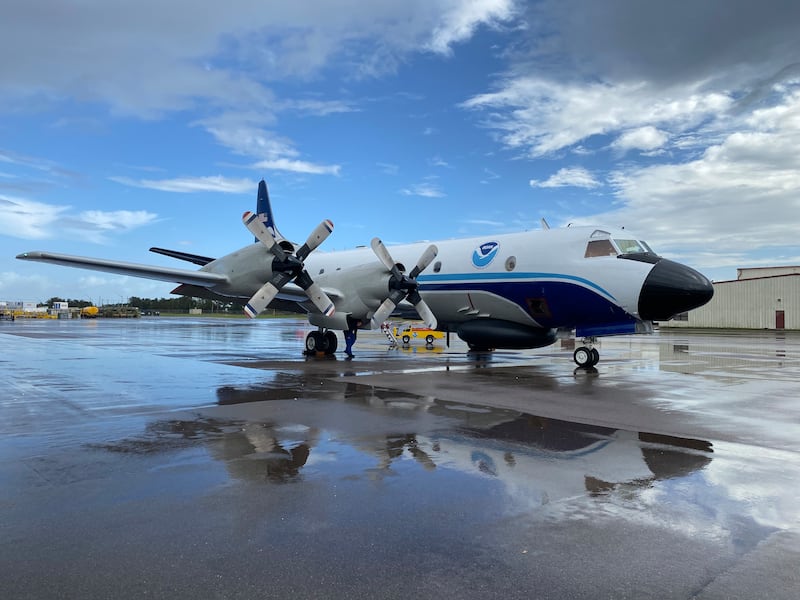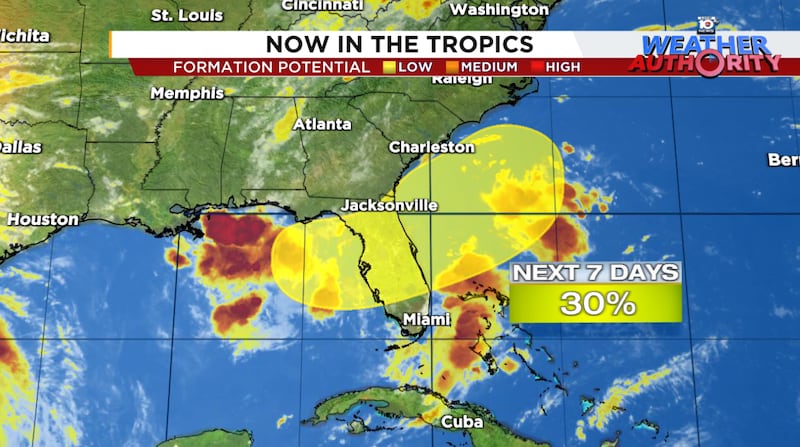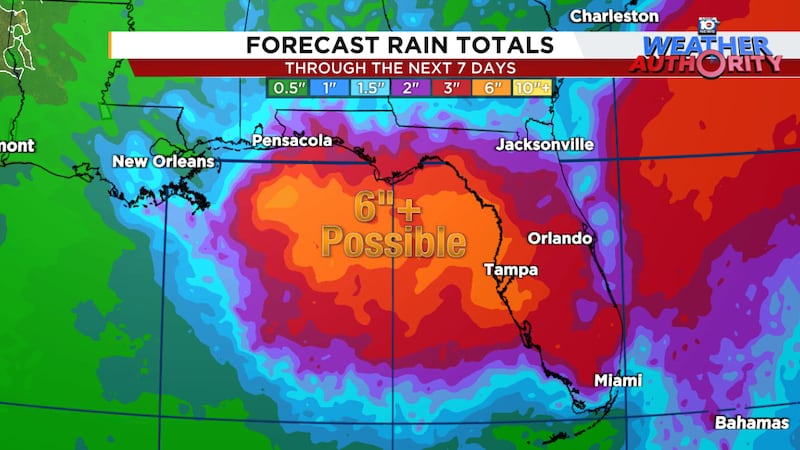Only days after the U.S. Department of Defense abruptly announced the immediate termination of satellite data critical to hurricane forecasts – granted a moratorium early Monday through July – NOAA posted details of its 2026 budget request to Congress, which closes more than a dozen world-class weather and climate facilities across the U.S., including Miami’s Atlantic Oceanographic and Meteorological Laboratory and its Hurricane Research Division, institutions responsible for most of the advancements in hurricane forecasting and science over the past 50 years.
Though budget estimates released by the White House at the end of May outlined draconian cuts to critical NOAA programs, the details released on Monday by NOAA confirm a catastrophic hit for the nation’s hurricane forecasting capabilities if approved by Congress.
The calamitous cuts include the elimination of all federally funded meteorological, oceanographic, and climate labs and non-profit cooperative research institutes across America. These world-class centers-of-excellence employ hundreds of the nation’s top weather and climate scientists and deploy key technology to help forecasters accurately predict the world’s most extreme weather. The history of many of the over two dozen labs and institutes slated for closure stretches back 50 to 75 years.
A generational loss for hurricane forecasting
Among the NOAA labs most instrumental to hurricane forecasting is Miami’s Atlantic Oceanographic and Meteorological Laboratory or AOML, a fixture on Virginia Key since the early 1970s, and its Hurricane Research Division (HRD) which develop and maintain the state-of-the-art hurricane models deployed by the National Hurricane Center throughout the season. With the proposed shuttering of AOML, HRD, and their sister cooperative institutes starting in 2026, forecasters could lose all tools currently available to estimate and forecast hurricane intensity. It’s a seismic blow to the arsenal of tools forecasters rely on to confidently deliver timely and accurate predictions of threatening hurricanes.
Though all NOAA labs and institutes – including the National Severe Storms Laboratory of Twister fame in Norman, Oklahoma – account for less than 5% of NOAA’s annual budget and less than a fraction of a fraction of a percent of the total federal budget, they have provided an outsized return to the U.S. economy. A 2024 study from the National Bureau of Economic Research found that the improvements made to hurricane forecasts alone from 2007 to 2020 amounted to an average savings of $5 billion per hurricane. The amount saved in one hurricane hit from these programs is larger than the entire budget proposed to fund NOAA in 2026.
Hurricane hunter flights scaled back

One of the tools hurricane forecasters rely on most is the NOAA hurricane hunters, a fleet of airplanes that routinely take the direct path into the eye of dangerous hurricanes to gather critical data for forecasters on the ground. In 2024, NOAA personnel conducted 67 missions aboard its three hurricane hunter planes, racking up an incredible 521 flight hours, dropping over 1,400 dropsonde instruments, and providing almost 200 three-dimensional radar scans from inside hurricanes that helped make NHC forecasts the most accurate in history.
NOAA’s proposed 2026 budget, by eliminating AOML, eliminates the scientific support behind its hurricane hunter missions, including scientists collecting data from hurricane hunters and making sure they’re included in hurricane forecast models. NOAA is proposing a significant reduction in flight hours for its hurricane hunter aircraft in 2026 – a 52% and 33% reduction from flight hours in 2023 and 2024, respectively – largely due to the elimination of its research laboratories and related goals.
Most notably, NOAA is eliminating funding for programs to procure new replacement hurricane hunters. Earlier this year, a Government Accountability Office performance audit identified a host of issues from the growing demand of hurricane hunters. Among them were the three aging hurricane hunter airplanes. NOAA crafted a plan in 2022 to replace the three aircraft with up to six new airplanes. Although Congress appropriated nearly $400 million in funding to NOAA last December to acquire new hurricane hunter airplanes, however, the new budget proposal eliminates any funding in 2026 related to aircraft recapitalization.
NOAA is quick to recognize “recapitalization is necessary for NOAA to keep its fleet of aircraft operational, and continue to provide essential services to the Nation, including accurate…hurricane and atmospheric rivers forecasting…and data used by the Nation’s emergency managers,” but the agency astonishingly provides zero funding for recapitalization and construction of aircraft in its 2026 budget.

Overall, between its aircraft operations responsible for flying and maintaining the hurricane hunters and its program that upgrades and improves those crucial flying laboratories, NOAA is proposing the full elimination of nearly three dozen mechanics, engineers, pilots, and scientists.
NOAA budget proposal still needs Congressional approval
The damaging budget blueprint released by NOAA on Monday is a first step that still requires approval by Congress who ultimately holds the “power of the purse” by way of its appropriations process. White House officials have, however, floated other measures such as so-called pocket rescissions and impoundment which could bypass Congressional approval to achieve their spending goals.
Watching for weekend development along a stalled front
As we discussed in Monday’s newsletter, we continue to follow a front that’ll park itself over central Florida later this week and could try to spawn a tropical depression or storm by the July 4th weekend.

Models are still tepid on development odds, but the focus has shifted in latest runs to the waters off the southeast U.S. rather than the northeast Gulf and largely delay possible development into early next week.

We’ll have time to follow this one, but for now the upshot is increasing storminess across most of the Sunshine State for the holiday weekend, particularly from the central Florida peninsula into its Big Bend and across north Florida.

CLICK HERE to download the Local 10 Weather Authority’s 2025 hurricane survival guide.
Copyright 2025 by WPLG Local10.com - All rights reserved.

